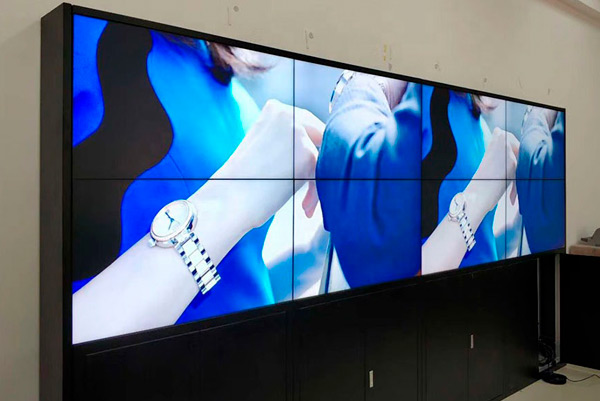The initial step in guaranteeing color precision is comprehending how LED systems works. LEDs, or light-emitting diodes, produce light in various colors by mixing red, green, and blue (RGB) light. Each pixel on an LED wall consists of these three hues. When tuned properly, the combination of RGB can create a wide range of colors. However, if one hue is too bright or too faint, it can throw off the whole screen. This is why tuning is needed to equalize the colors and achieve the desired visual result.
Calibration involves adjusting the settings of the LED wall to make sure that the colors shown match the original material as nearby as feasible. This procedure usually includes using specific software and hardware instruments. Technicians often use color measurement devices, such as spectrophotometers, to analyze the colors being shown. By comparing the measured hues to standard color standards, they can make precise modifications. This ensures that the hues are not only vibrant but also uniform across the entire screen.
Another crucial aspect of color precision is understanding the surroundings in which the LED wall is employed. Factors such as ambient light can significantly affect how hues look. For example, a well-lit illuminated room may wash out hues, making them look less vibrant. To mitigate this, technicians may modify the luminosity and contrast configurations of the LED wall. Additionally, they may select specific color profiles that are better suited for various lighting conditions. This flexibility helps maintain color learn about this here now precision irrespective of the viewing environment.

Ultimately, routine upkeep and recalibration are essential for maintaining an LED screen looking its finest. Over time, the functionality of LEDs can alter due to elements like degradation and temperature fluctuations. Regular inspections and modifications can help ensure that the hues stay accurate and lively. By committing time in proper tuning and maintenance, venues can offer audiences with stunning visual presentations that improve their overall impression. Perfecting color accuracy in LED screen tuning is not just a technical job; it is an expertise that contributes to the magic of visual narration.